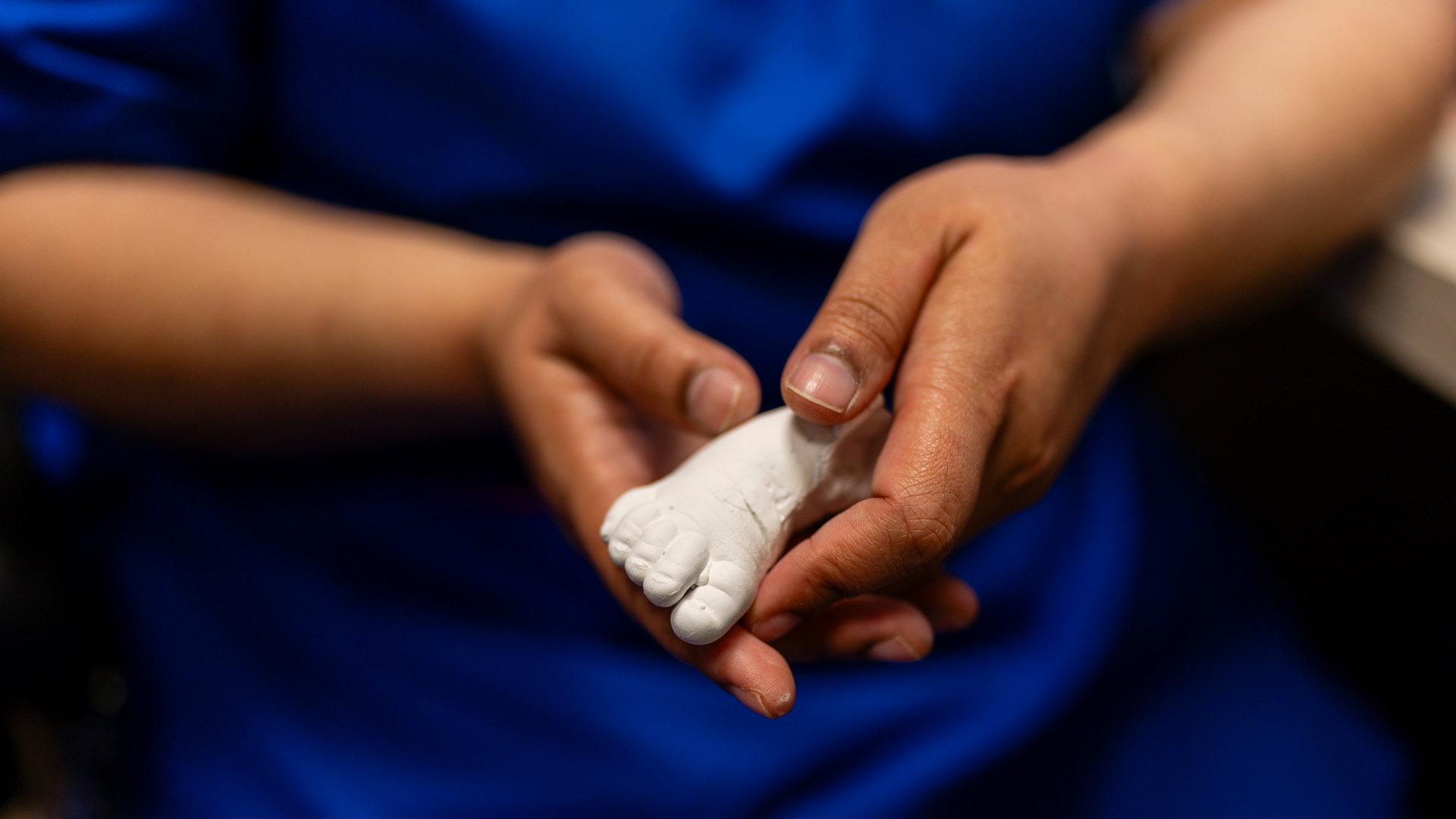Published on 24 June 2024
To counter the lack of data on peripheral arterial disease, A/Prof Kavita Venkataraman is spearheading a study to identify risk factors and more.
Peripheral arterial disease (PAD) can manifest without warning. It might look like a foot wound that will not heal, or worse, a toe that turns black and requires amputation.
PAD, the narrowing or blockage of blood vessels transporting blood from the heart to the legs, affects an estimated 20 to 50 per cent of people with diabetes in Singapore. Despite advances in medicine, the outcomes in this patient population are still sub-optimal, with patients having recurring wounds or requiring repeat procedures.
The risk of death is also very high in these patients: Over 30 out of 100 patients with poor healing wounds do not make it beyond five years. The numbers are almost double for patients with revascularisation or major amputation.
However, even more concerning is the lack of relevant data that can help clinicians identify risk factors and employ early interventions to avoid limb loss. This is something that A/Prof Kavita Venkataraman from the Saw Swee Hock School of Public Health (SSHSPH) is hoping to solve.
Compared to a well-studied topic like myocardial infarction (heart attacks), A/Prof Venkataraman noted that data on PAD — both locally and internationally — is scarce. “Part of the work that we've been doing is to try and understand what the burden of this disease is or what the long-term outcomes might be,” she said.
With a focus on public health, a lot of her work is directly oriented towards benefiting patients and the population. Wearing many hats, she is a clinician, an epidemiologist, an educator, and a health services researcher. Ultimately, she is driven by the desire to improve care and outcomes in people with disease through the knowledge and innovations generated from research.
A/Prof Venkataraman has also authored several articles in reputed international journals and has several competitively funded research projects. She also works closely with the Ministry of Health, Singapore, on diabetes and post-acute care; in her previous role with the World Health Organization (WHO) Country Office India, she worked as the National Consultant for Non-Communicable Diseases and Mental Health.
To predict, one needs to build data
What differentiates people who develop PAD and/or have poor outcomes from those who do not? Is it genetic or socio-cultural? Why do people in Singapore usually have a very low risk of developing symptomatic PAD, and why does this change drastically — almost tenfold — when they have diabetes? A/Prof Venkataraman aims to answer these questions and more in an ambitious study of 1,000 individuals called “Protecting feet at risk in people with diabetes (PREFERD)”, in which she is the primary investigator.
The ongoing study will follow individuals with diabetes who have PAD, neuropathy or other known risks for developing foot wounds for three years to identify factors that predict the occurrence of new wounds.
“We want to really phenotype them very deeply and see which of these people then go ahead to develop a problem; which ones don't, and what differentiates these two groups,” she added. “Having that kind of data would help us immensely, because otherwise we are just working in the dark.”
From predictive to personalised and precise
Being able to predict risk factors for PAD is one win, but A/Prof Venkataraman noted that the “bigger game” would be in moving upstream and identifying these people way ahead of time to intervene very specifically on specific risk factors that individual has, and then change their path.
“So, if I know that there are these ABCD sets of factors in this individual that are going to increase this person's risk, then can I have a very tailored intervention for this person?” she queried. “It's not just a cookie-cutter approach. The goal is to accurately predict people who are at higher risk to deliver targeted interventions that are tailored to each individual’s risk profile.”
Separately, A/Prof Venkataraman is also leading another study that is looking at the contextual factors behind why a person with PAD or neuropathy may develop a wound and increasing access to foot screening without burdening the healthcare system.
The crucial role of research
In 2017, around a thousand people in Singapore required amputations due to PAD or non-healing foot wounds. With the aid of research, amputations may be a thing of the past.
A/Prof Venkataraman is hopeful. “We don't want to let the disease progress to a stage where then no matter what we do they're at a higher risk of death,” she said. “So, if we can work way upstream, and if we have the information in our hands and the interventions in our hands, we can change this picture.”
She added, “We can't change what we don't know, and to know, we have to do research. It's just as simple as that. We need research to show where the problems are, test different solutions, identify solutions that really work, and then use that to change clinical practice.”
A/Prof Venkataraman will be sharing more about her work on peripheral arterial disease and how her ongoing study will impact the healthcare of tomorrow at the upcoming NUHS Scientific & Innovation Summit happening on 3 August 2024.
In consultation with A/Prof Kavita Venkataraman, Associate Professor, SSHSPH.




